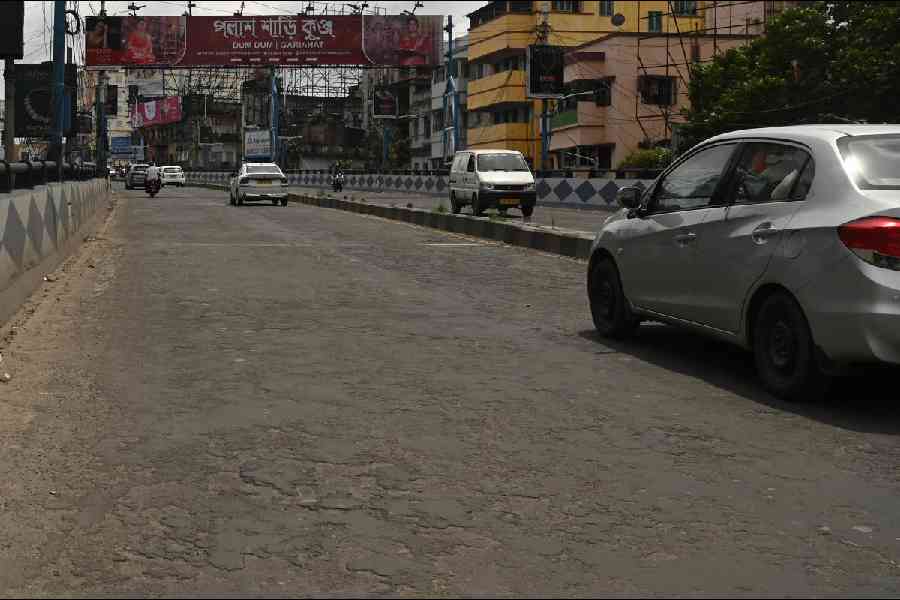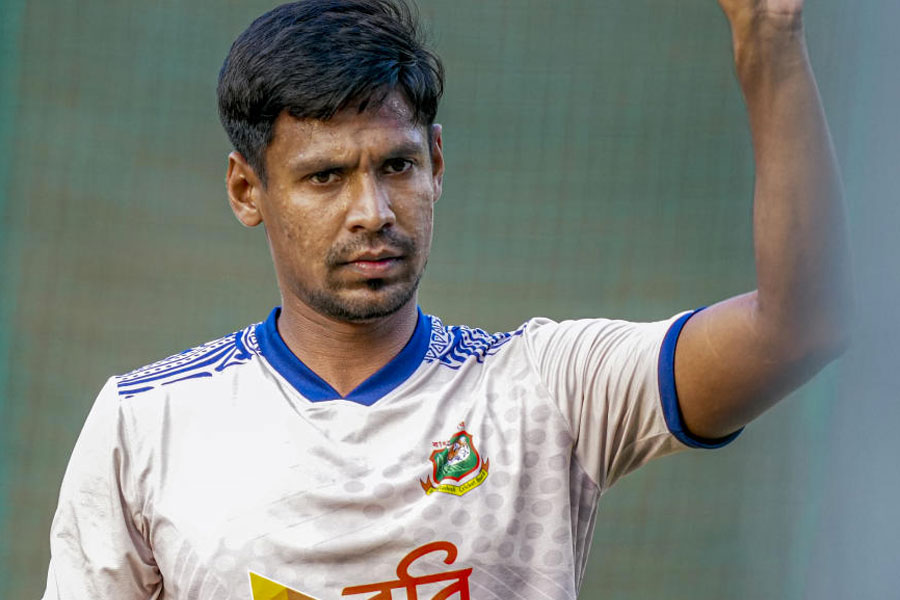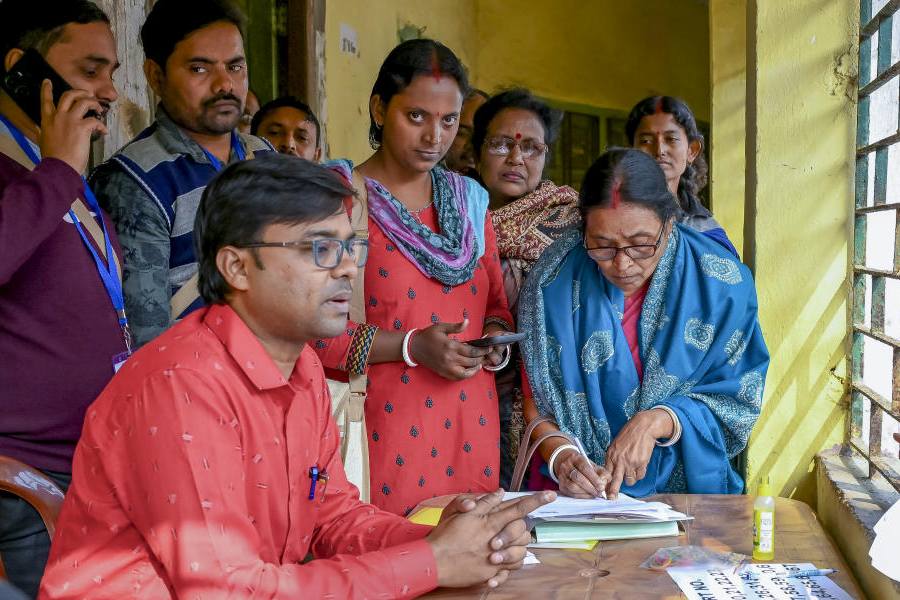Rain or shine, the surfaces of the city’s busiest flyovers remain in a perpetually “distressed” condition. Undulated and bumpy, with worn-off bitumen layers and uneven repair patches, these critical transport arteries have become hazardous for commuters.
The AJC Bose Road flyover, Dhakuria bridge, and Gariahat flyover all share this deteriorating fate. While deep potholes may be absent, countless smaller ones create treacherous riding conditions. Two-wheelers are particularly vulnerable to toppling on these bumpy surfaces.
Police ring alarm
Both flanks of the Gariahat flyover suffer from severely bumpy surfaces. A South East Traffic Guard officer confirmed they have recommended repairs in a report sent to the police headquarters, which forwards such requests to flyover custodians.
The Hooghly River Bridge Commissioners (HRBC) serves as custodian for the Gariahat flyover, along with two others in similarly poor condition — the Park Street and AJC Bose Road flyovers.
Commuters report that both flanks of the Park Street flyover have broken, undulated surfaces. The AJC Bose Road flyover features several distressed stretches on both sides, with a 150-metre section above Camac Street prone to waterlogging that causes frequent surface damage.
Repairs not done
An East Traffic Guard officer noted that HRBC recently received permission to cordon off flyover sections for 10 days of repairs. However, commuters say the distressed surfaces remain untouched.
Multiple calls to Partha Bhowmik, the Trinamool Congress MP who chairs HRBC, went unanswered on Sunday.
Familiar neglect
At Dhakuria bridge, officials blame surface undulations on an unexpected culprit: rats removing soil from beneath the bridge deck.
The bridge’s deck or main surface lies directly over the railway tracks. But the gap between the approach roads and the ground is filled with sand and soil.
A few years ago, an inspection revealed that rats had made large holes in this supporting structure, making the approach roads vulnerable.
“Some stretches have become undulated because the soil beneath them has been eaten away,” said a Kolkata Metropolitan Development Authority (KMDA) official.
The KMDA, which is the custodian of the Dhakuria bridge, is working on resolving the problem. “We have hired a consultant who prepared a detailed project report on fixing the problem. It’s in the final stages before approval,” the official said.
Systemic failure
Experts point to poor maintenance, inadequate drainage, and improper repair methods as the root causes. The practice of layering bitumen over potholes without proper levelling has created increasingly uneven surfaces.
Structural engineer Amitabha Ghosal, who headed a bridge advisory committee established after the 2018 Majerhat bridge collapse, identified lack of maintenance as the primary culprit.
“Whenever there’s a pothole, it’s quickly filled by pouring bituminous mixture over it,” Ghosal said. “But no care is taken to prevent undulations. When repairs break, another layer gets poured on top — again without scraping previous work. This raises portions above the surrounding areas.”
The solution, according to Ghosal, requires proper time and technique. “Ideally, the potholed portion should be barricaded and adequate time taken for repairs, which simply isn’t being done,” he said.










